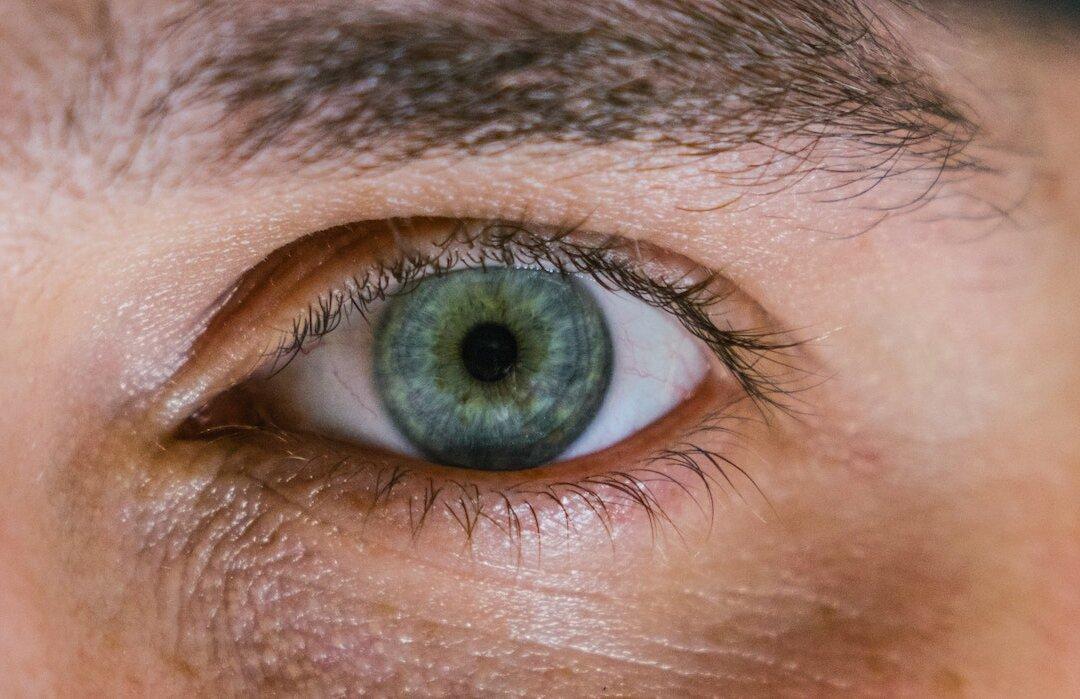Fundus hemorrhage, a condition also known as retinal hemorrhage, is where the blood vessels on the retina burst and bleed. When this condition takes place, there’s no visible abnormality on the outside. Although retinal hemorrhage isn’t likely to induce pain, it can impair a patient’s vision and cause visual field deficits. In extreme cases, a retinal hemorrhage can even lead to loss of vision.
Oftentimes, retinal hemorrhage comes quickly and requires swift treatment, which is why Dr. Gwo-Bin Wu, director of Xinyitang Traditional Chinese Medicine Clinic, came up with a unique fix for this problem. According to him, this method can also help heal retinal detachment, macular degeneration, and other kinds of eye-related conditions, or it can be used just for eye maintenance in general.





